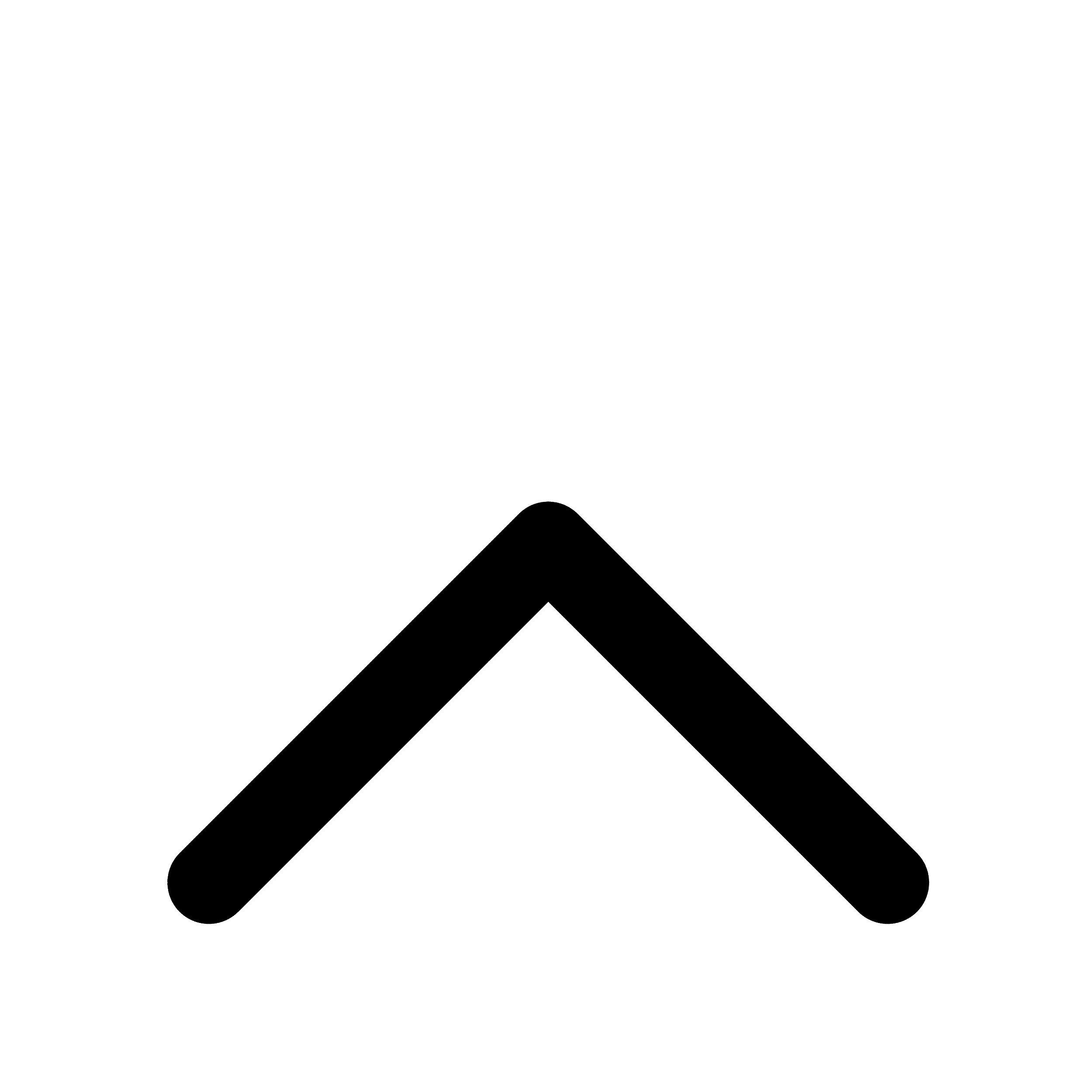Was ist neu?
Was ist bei unserer HDU neu?
In den letzten Monaten hat sich viel getan. Die Erstellung von Hunderten von Plänen und das Verfassen von Hunderten von Seiten an Berichten für die D#4-Einreichung hatten viel mit den Änderungen an der HDU und ihrer zunehmenden Detaillierung zu tun. Im Folgenden informieren wir Sie über den aktuellen Stand des Herzstücks unseres Projekts.

The Concept
As you may know, we have chosen the southwest corner of our building as a cutout of the whole design draft, in order to transfer our concept from the overall building to the house demonstration unit. Just as in the overall design, the HDU is built in modular timber construction and consists of a total of four modules. The module that is placed in front of the others in a transverse direction functions as a terrace and represents the shared spaces of our building design. The HDU is perceived as a two-story structure that represents the two main components of our building: the residential units and the urban gap.
The Place Below
The urban gap is portrayed in the form of an exterior shaded area below the HDU, since the SDE focuses on residential use. It serves on the one hand as a waiting area for the tours and provides a place to relax and interact, but also as a dance floor, just like in the whole building design.
A Part of a Whole
To emphasize the fact that the prototype is part of a larger structure, the surfaces on the north and east facades are treated differently than the rest of the unit. For example, the supporting structure on the first floor of the north-east corner is built of steel instead of wood. According to the resulting cut surfaces, the two surfaces on the upper floor are covered only with a film, which is made of used truck tarpaulins, that shows the construction of the building to the public in form of a detailed sectional drawing.
Inside the HDU: The Core
If we move inside the HDU, we’ll find a functional core in the center, that divides the open living space into smaller sections. It contains all the sanitary facilities, as well as the technical building equipment to keep the supply lines as short as possible.
The central core has some functions that can be folded out and back in. So, the working area of the kitchen can be doubled if necessary. When the workspace is not in use, the core is closed and forms a neat closure to the living space.
Inside the HDU: Interior Design
The interior design is also characterized by modularity in the form of custom-made furniture, which allows flexibility and is especially space-saving at the same time. Furthermore, the open floor plan allows for high space efficiency since no pure traffic zone exists. On the right- and left-hand side of the core there is planned a lamella cladding, in which so-called Ying and Yang furniture is integrated. This Ying and Yang furniture develops out of the wall. The pull-out bed is folded and used as a couch during the day. Overnight it can be extended to a bed.
On the left-hand side, a coat rack is integrated at the entrance. In addition, there are more shelves for additional storage space, as well as a desk. In the event of a larger dinner, the table and associated benches are extendable to accommodate eight people. The top of the working desk is used as a tabletop for the extending table in the dinner scenario with eight people.
In addition to the Ying and Yang furniture, two other lounge furniture is used. This lounge furniture is made from the materials, which consists of shredded, pressed tetra packs.
To be Continued…
Just as promised you can see, that we have been working hard over the last few months and improved our HDU step by step. To keep updated about our progress and plans for D#5, follow us on Instagram!
Your RoofKIT-Team
